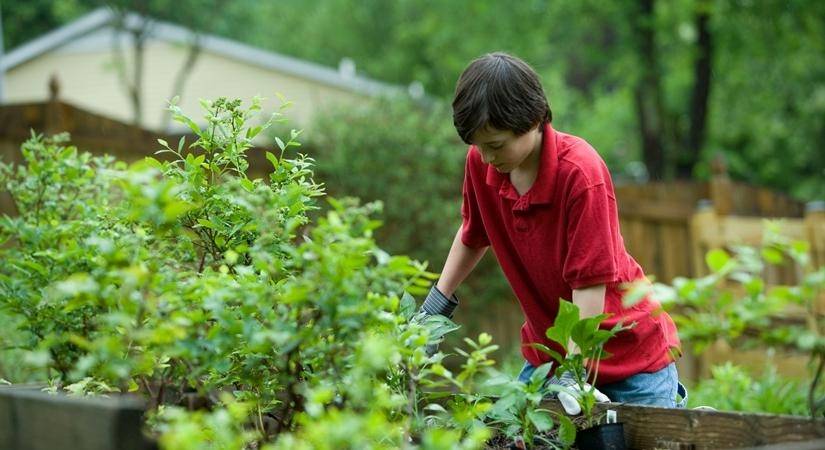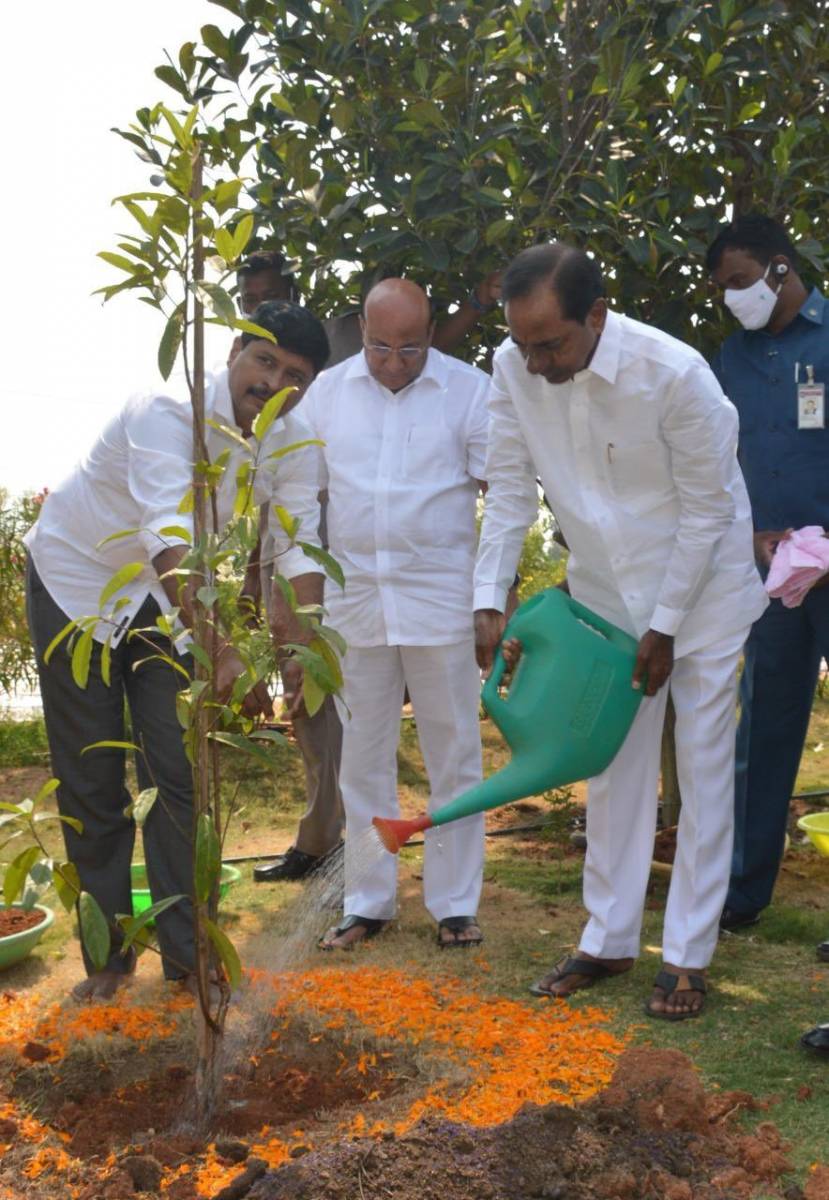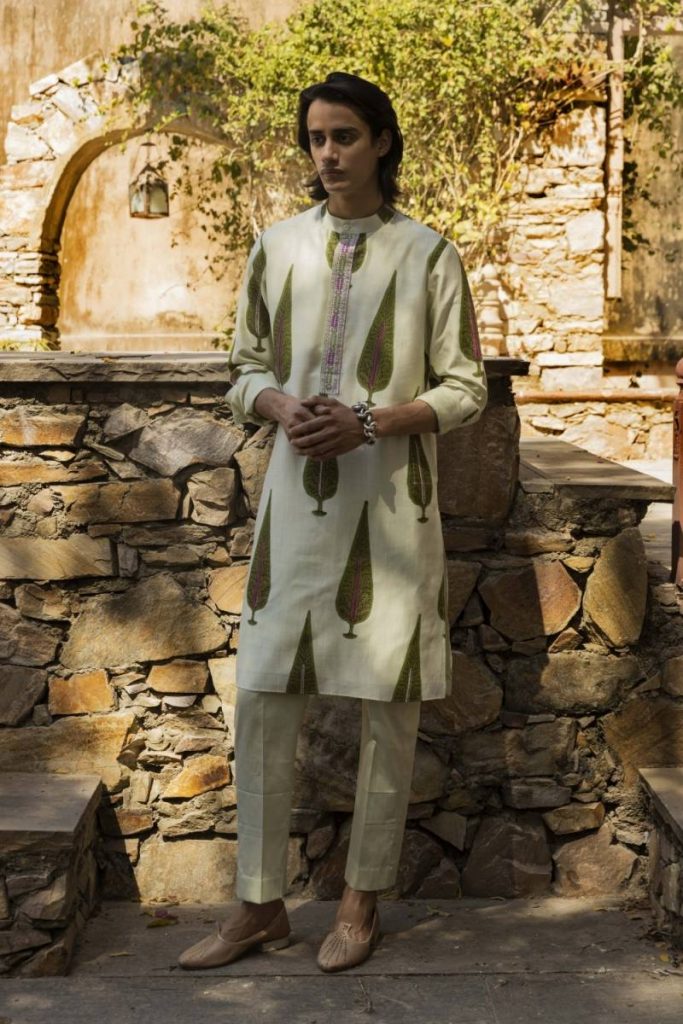It will help sharpen their observation skills. Don’t encourage children to pluck flowers or leaves as that would undermine the process of teaching them to respect the environment…writes N. Lothungbeni Humtsoe.
Lockdown life for kids is truly difficult for parents too. Urban lifestyles and heavy dependence on digital technology means children are spending less time with nature, which can affect their mental and physical wellbeing. Children flourish best when allowed to spend more time with nature. Nurturing their love for nature can make them happier because it helps them create a bond of adventure, discovery and beauty with nature. It also makes them sharp thinkers and better innovators by enhancing their observation skills and fuelling their curiosity. Ekta Ohri, founder, Litjoys, shares some life hacks on how to connect children to nature in simple ways:

At Home: Get younger children to help you to water plants, or feed birds. Let them observe the different plants in the house, or the birds that come to visit. Get them to observe not just flora and fauna but even the environment around. Let them see the shape of the clouds, sunrise, sunsets as well as the moon and stars. We might be locked at home right now, but these simple tasks are possible and very enjoyable for young children.
Outdoors: Young children love to collect things and enjoy the tactility of different shapes and textures. Nature offers a rich treasure trove of discovery for them, which can be a wonderful way to begin to introduce them to nature. Let them collect flowers, pebbles, twigs, or even leaves from the ground, and observe the different shapes and textures of these. It will help sharpen their observation skills. Don’t encourage children to pluck flowers or leaves as that would undermine the process of teaching them to respect the environment.
Identifying textures and shapes like this is also good for brain development. As they grow a bit older, take them for nature walks in your complex or parks, where they can observe the different colours and shapes of the trees, point out birds, insects and small animals to them. ‘My Gulmohar Tree’ is a story with real-life photographs that will make children fall in love with trees and greens and inculcate values of respecting nature and protecting our environment. Let them have respect for all living things, from chameleons for their beauty of changing colour to the butterflies and bees.

Travel and Visits: Travel is a great way to get to know nature, whether it’s other cities, beaches or visits to Sanctuaries and Parks closer to your home. Encourage visits to the National Parks, as opposed to only the Zoo. The former lets children observe animals and nature in their natural environment as opposed to behind a cage. Many cities have Butterfly Gardens and Nature Sanctuaries as well as Botanical Gardens, so do plan trips accordingly. Even on the beach, there are many things to observe from the colours of the sea and sky, as well as shells and small sea creatures. By doing small activities children learn better.
For this Litjoys has a Little Collector’s Passport travel game, which is an innovative kids travel scrapbook with stamps and flags stickers booklet through which parents can keep their children constructively engaged in different locations (flights/trains, restaurants, etc) while on holiday. It also helps in keeping kids engaged at home through learning about symbols of 48 countries across the world in a fun way! A great way for parents to develop their children’s observation, cognitive thinking and creative writing skills.
ALSO READ-Steps to comfort kids in summer
READ MORE-Nutritious choices for kids









